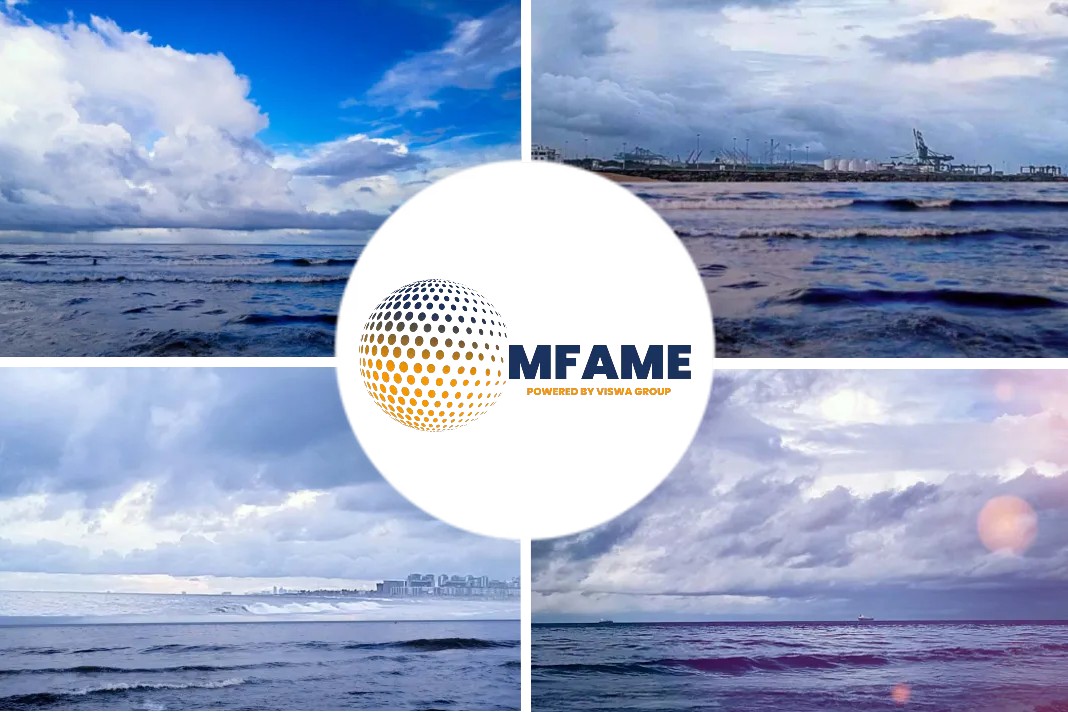Ship values are expected to face more downward pressure moving forward, especially when it comes to older vessels. In its latest weekly report, shipbroker Intermodal noted that “the dry and the tanker shipping segments have dissimilar exposure to supply-driven opportunity (or risk). While the vintage (i.e., over 15 years old) fleet is similar for both segments being shy one fifth of their respective fleets, the dry bulk orderbook is at a historical low, while the crude one has grown alarmingly fast.
In dry bulk, Handysize and Panamaxes enjoy the tightest supply. Their vintage fleets are somewhat less than a quarter of their total fleets while their order books are only about 7% of their fleet. There is ample fleet renewal potential with the overage fleet being more than threefold the orderbook. Only Capesizes exhibit a rather younger fleet with just one tenth of the fleet being over 15 years old and fleet renewal metric approaching parity”.
According to Intermodal’s SnP broker, Mr. Panos Tsilingiris, “oil tankers are another story. Distressingly, the Panamax/LR1 order book exceeds the vintage fleet. Aframaxes/Lr2s, Suezmaxes, and VLCCs have about 15% of their fleets on order with the orderbook of the latter just hitting 100 vessels. Only MR tankers are an exception exhibiting the lowest order book (shy 9% of the fleet) and a renewal ratio of over 2 overaged units for each unit on order”.
He added that “notwithstanding the volatility, the world fleet’s utilization ratio is a mere 80-85%. The world fleet is getting younger while average Vessel’s size larger. Vintage S&P prices will decline further as Vessels’ economic lives shorten. Regulations (and incentives?) will be a strong demolition force over the next years. However, risks still remain on the demand side with an aging economy of retiring consumers, an increasingly services-oriented growth, the plateauing of offshoring, and renewable energy competing with fossil fuels, the latter being the raison d’être of international shipping” Tsilingiris concluded.
Meanwhile, over the past week, “SnP activity remained particularly active with Buyers across both the tanker and dry bulk second-hand markets. Adding to that the main interest was for modern tonnage . On the tanker side we had the sale of the “NORD INTEGRITY” (48,026dwt-blt 10, Japan), which was sold to Greek buyer, for a price in the region of $17.5m. On the dry bulker side we had the sale of the “PRECIOUS WIND” (52,551dwt-blt 01, Japan), which was sold to Greek buyers, for a price in the region of $6.6million”, the shipbroker concluded.
In the demolition market, Intermodal said that “having already covered the first half of 2017, it is interesting to conduct a mini review on how the demo market has performed since the beginning of the year. The demolition market witnessed a strong end to last year, with a number of high priced sales taking place in the Indian subcontinent, boosting sentiment and allowing for an equally strong market during the first quarter of 2017 with everyone expecting prices to exceed 400 $/ldt, a number that we haven’t to witnessed since May 2015. However, the fragment of 400 $/ldt never broke and prices in the second quarter started marginally to decline together with a notable demo supply slowdown. Currently in the Indian Sub-Continent, Bangladesh and Pakistan face domestic policy changes, which together with the Ramadan period have softened rates and have created an unclear picture of how the market will perform over the next months. Average prices this week for tankers were at around $240-350/ldt and dry bulk units received about 230-335 $/ldt”, the shipbroker concluded.
Did you subscribe for our daily newsletter?
It’s Free! Click here to Subscribe!
Source: Intermodal
















